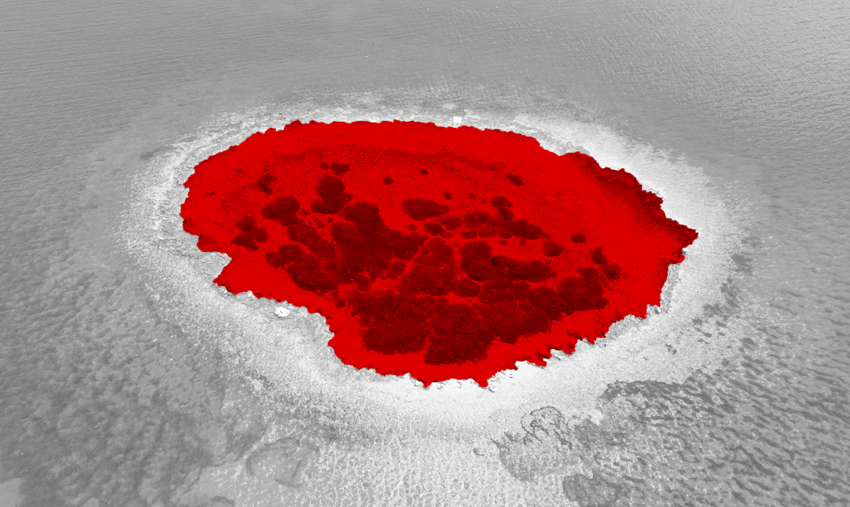Terra Nova
We welcome a new island. Do we do that enough?

We all have heard a lot about sea levels rising and small islands being gobbled up by rising ocean waters. What we don’t hear as much about is new islands being born as others die off – and it happens more often than we think.
In October, a new volcanic island was formed off of the coast of Japan, 750 miles south of Tokyo near Iwo Jima. The island was formed when an underwater volcano erupted, and the volcanic rubble kept piling up until it breached the sea. NASA even caught the geological event on satellite images.
As of Oct. 30, the new island measured 328 feet in diameter, or maybe two acres. That may not be an impressive size—yet—but the island has been steadily growing since. Still, its survival is precarious: If this new island is made out of hardened lava, it may stick around, but if its foundation rests upon loosely bound rocks, it could be dispersed back into the sea as quickly as it emerged. Only time will tell.
Is Someone Counting?
The formation of new islands is a common occurrence, but it’s the kind of thing that may go unnoticed or undocumented, especially if they are one of many small, rocky protrusions that get quickly swept away by the force of the sea. Worldwide, at least eight new islands have been documented over the last two decades, with many more since the start of the 20th century. Some of those islands have stayed above water levels, and some are now gone.
To see just how inexact any number is, we can stay in Japan. There are 6,852 officially recognized Japanese islands, based on the last study conducted back in 1987, which listed any islands with a circumference of at least 100 meters. While final adjustments are being made, a recent 2023 study is expected to reveal a new, more accurate number of 14,125 (more than double!). Either there has been a miscount – which some suspect, due to identifying island groups as one island, and leaving out islands in lakes and rivers – or there have been some new islands quietly sprouting up. Of course, both things could be true.
Other Notable Newcomers
There are some examples of island genesis across our planet that are remarkable for their “I’m here and I plan to stick around” attitude:
- Nishinoshima. Another Japanese island that first emerged in the 1970s, it then expanded in 2013 after another event from the same volcano. Nishinoshima is now an island of 1.7 square miles that has grown 20 times larger in 10 years.
- Surtsey Island. Formed by a series of eruptions between 1963 and 1967, the island 14 miles south of Iceland is now a Unesco World Heritage Site. Measuring just 0.5 square miles, Surtsey is home to 89 bird species, of which only 57 breed elsewhere in Iceland. Sadly, the island is shrinking in size due to erosion, but is expected to be around at least for another 100 years or so.
Hunga Tonga-Hunga Ha’api., Located in the South Pacific archipelago of Tonga, this island is named for the two volcanos it sits between. It emerged in December of 2014, when a submarine volcano erupted for the second time in five years. As soon as the white plume faded, researchers saw a rocky new island that measured over 1 mile long and stood 300 feet above sea level. The island is now a refuge for flora and fauna, and is being studied by NASA as a model to better understand volcanoes on Mars.
